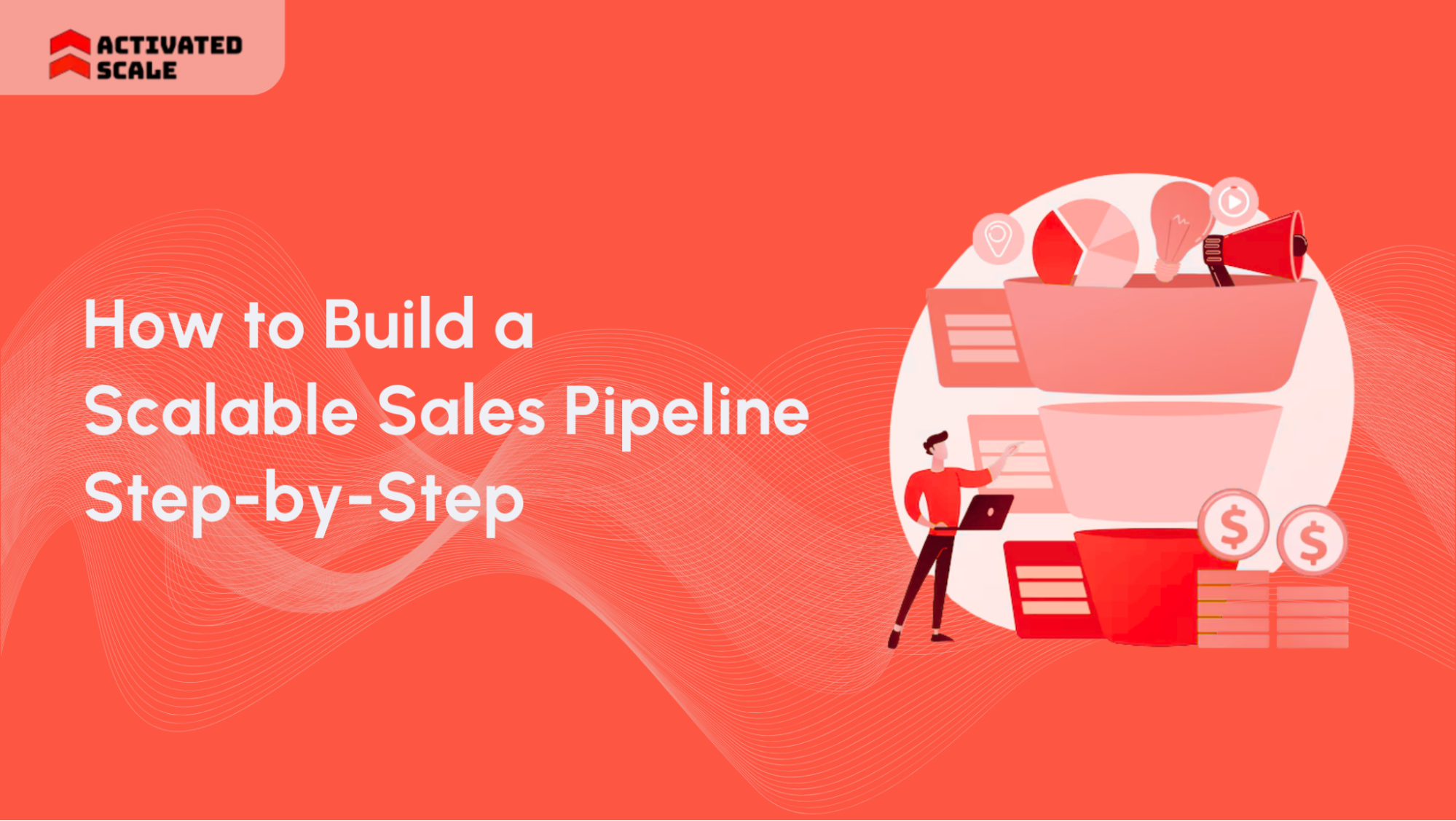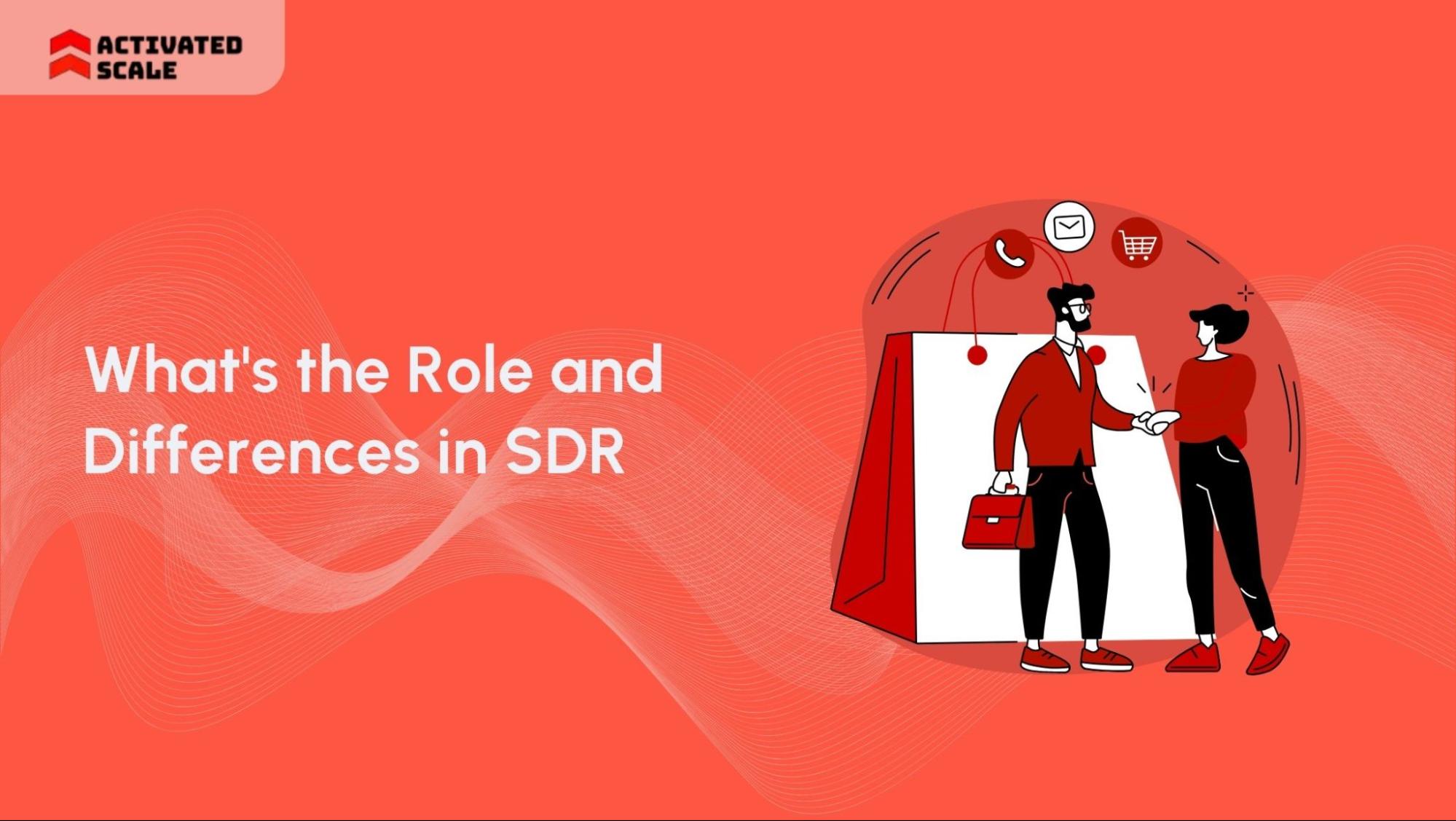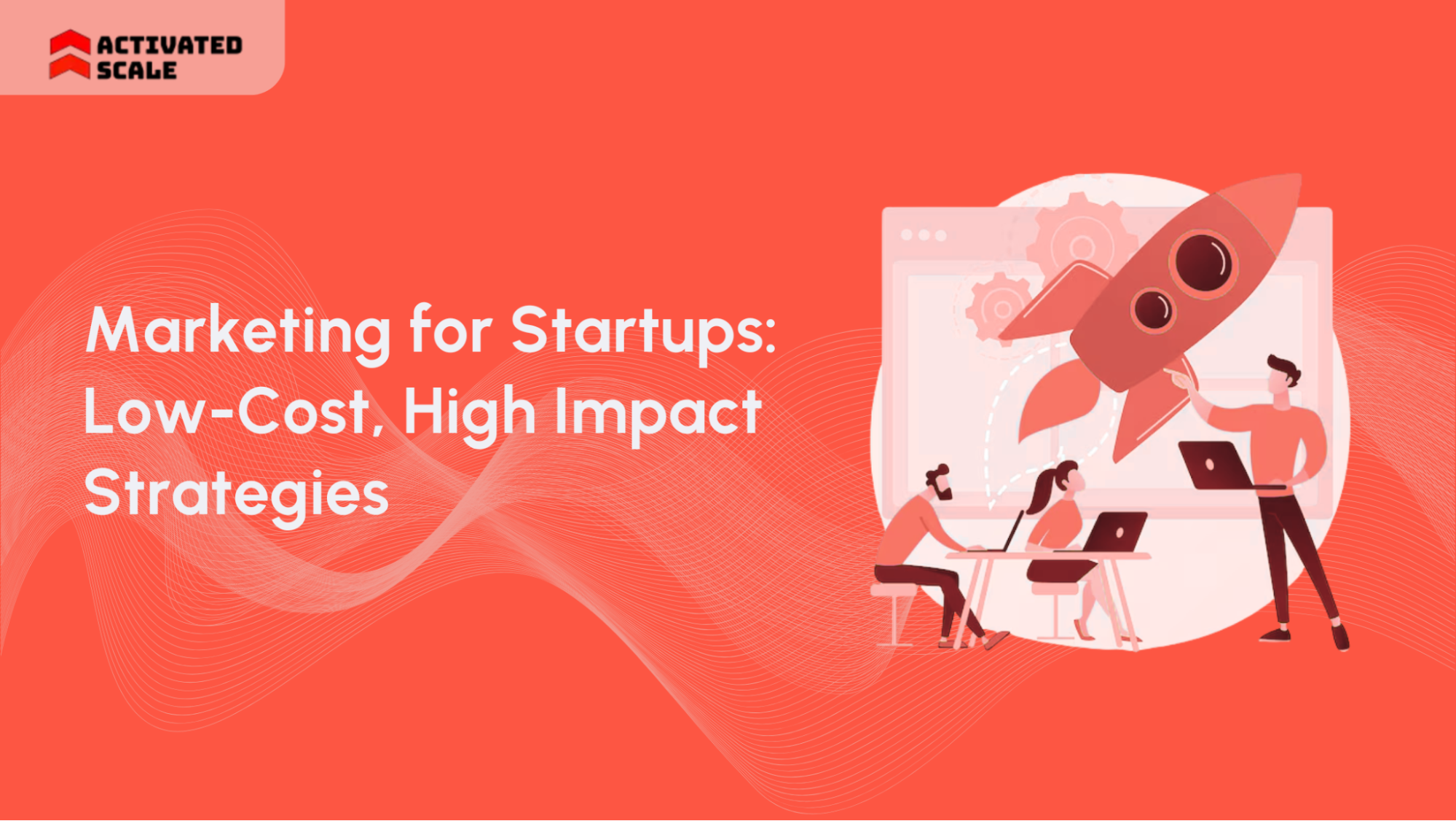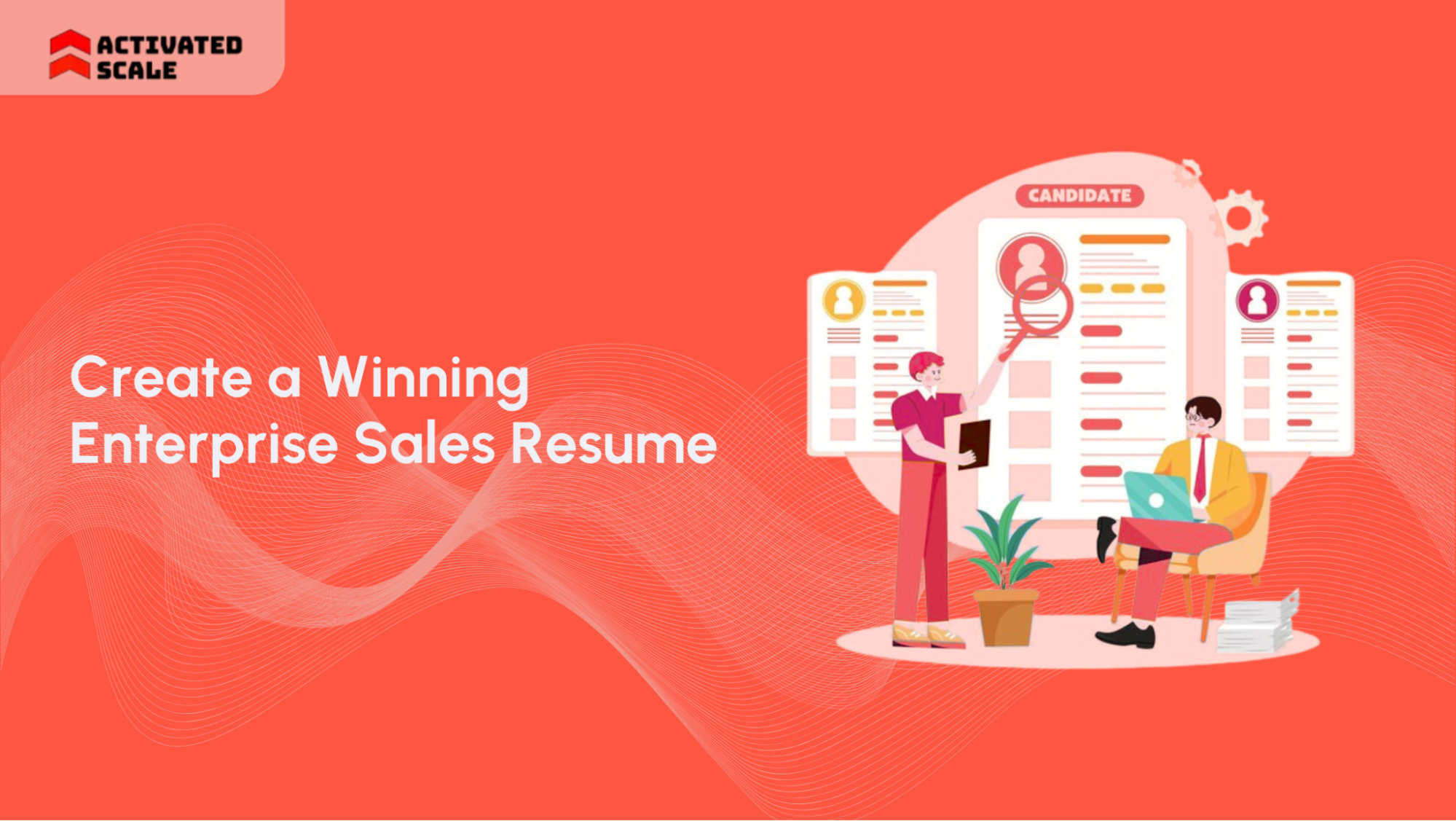Building a scalable sales pipeline is one of the biggest challenges growing businesses face. It’s the engine of predictable revenue. Yet for many teams, it’s also the source of constant frustration and missed targets.
74% of marketers report longer sales cycles. This reflects the growing challenge in pipeline generation, as extended decision-making slows down lead conversions.
So, without a clear, scalable pipeline, your team spends more time on low-potential leads while high-value opportunities go unnoticed. However, it doesn’t have to be that way.
In this guide, we’ll walk you through a step-by-step approach to building a sales pipeline to understand how modern buyers behave. You’ll learn how to turn your pipeline into a repeatable growth system.
Key Takeaways
- Clear and well-defined stages are crucial for tracking deals and maintaining a consistent sales process.
- Use data from CRM and pipeline analytics tools to guide your sales efforts and identify high-value opportunities.
- Focus on high-intent, high-value leads to increase conversion rates and improve your ROI.
- Regularly review your pipeline’s performance to remove bottlenecks and refine your strategies.
- Implement CRM tools like Salesforce and Tableau to automate and streamline processes, helping your team focus on high-impact tasks.
Understanding Sales Pipeline Stages
Are you tracking your deals in a way that ensures no opportunity is missed? Building a scalable sales pipeline is all about clarity, especially when it comes to understanding each key stage.
Without a defined process, sales teams risk losing momentum or wasting time on the wrong leads. If you want to convert more leads and drive revenue growth, understanding these stages is essential.
Key Stages of a Sales Pipeline:
- Lead Generation: Prospecting or attracting potential leads through targeted marketing and outreach strategies.
- Qualification: Assessing if the lead aligns with your product or service by considering factors such as budget and requirements.
- Discovery: Understanding the lead’s pain points to understand their challenges and how your solution can help.
- Demo: Presenting your product or service as a solution to the lead’s needs, showcasing value and fit.
- Proposal: Sending a detailed proposal that outlines pricing, terms, and what the engagement will look like.
- Negotiation: Addressing objections, clarifying terms, and negotiating the final details to bring the deal closer to signing.
- Closing: Finalizing the deal, getting signatures, and officially moving the prospect into customer success.
- Renewal: Continuing to engage customers for future upsells, renewals, and referrals to maximize long-term value.
Knowing what the stages of your sales pipeline are is like having a map. However, a map alone doesn't get you to your destination. You need a plan to power the journey.
You've now seen the key milestones every deal must pass through. The critical question is: How do you actively move prospects through them faster and more effectively?
How to Build a High-Converting Sales Pipeline?
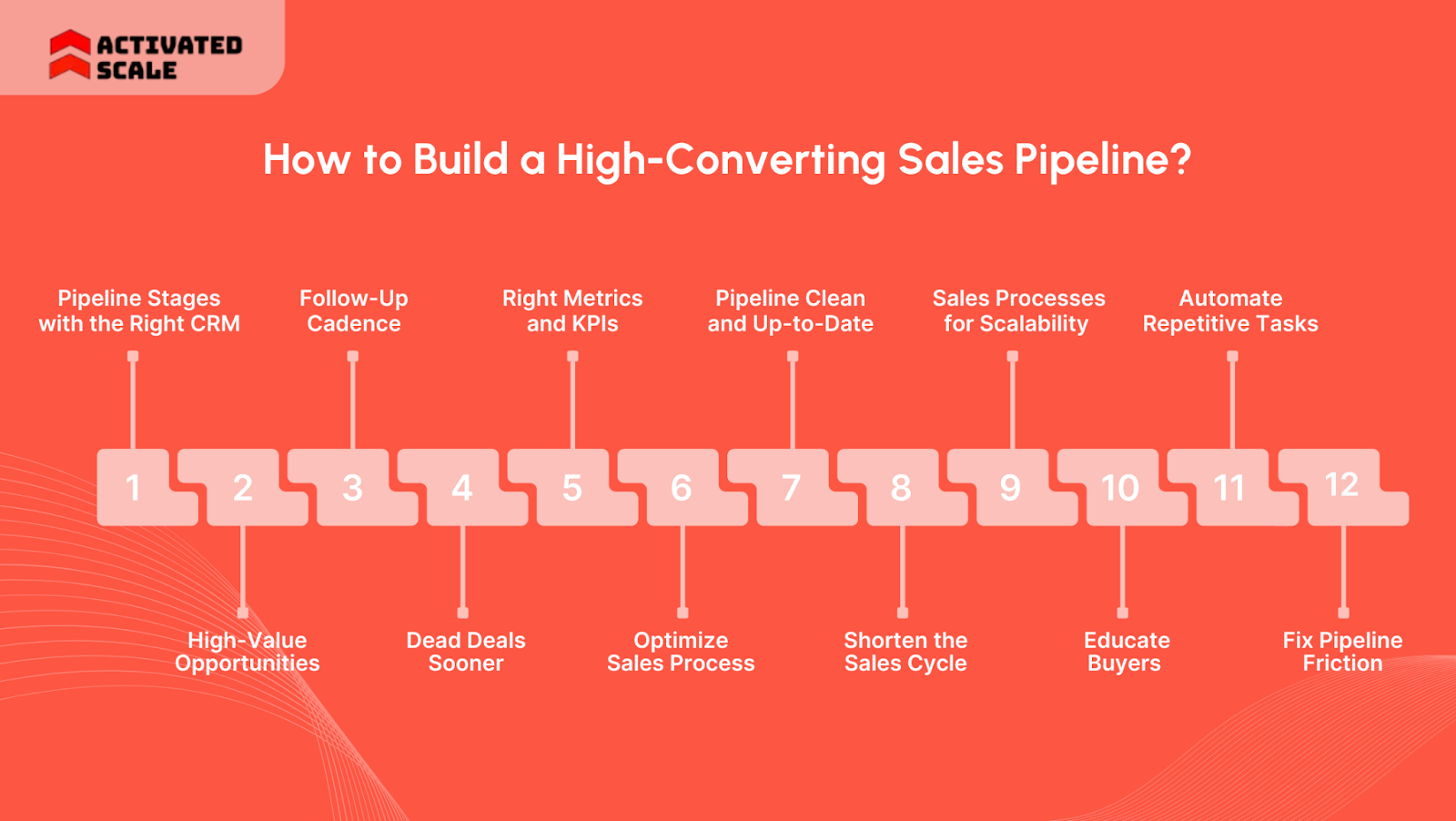
A pipeline should work for you, not the other way around. We’ll move beyond the “what” and into the “how”. Like, how to inject intelligence, agility, and repeatable success into each phase of your sales motion.
We’ll explore 12 targeted strategies to move deals forward and turn your pipeline into your most reliable strategic advantage. Here’s how you can do:
Step 1: Define Your Pipeline Stages with the Right CRM
Aligning your sales pipeline stages with the customer journey ensures you meet leads where they are in their buying decision. This stage is all about setting clear criteria for each step. In this way, sales reps know exactly how to move prospects along.
Actionable Steps
- Use CRM tools like HubSpot to create a pipeline that mirrors the stages of your customer journey.
- Customize the pipeline so it matches your sales process.
- Ensure that your CRM tracks key actions taken at each stage to drive consistency.
Step 2: Prioritize High-Value Opportunities
Not all leads are created equal. Some leads are more likely to convert, and others could waste time and resources. Focusing on high-intent, high-value opportunities can drive faster results and maximize ROI.
Actionable Step
- Use tools like Salesforce Einstein or HubSpot Predictive Lead Scoring to identify and prioritize leads based on their potential to convert.
- This helps you focus on high-value prospects.
- It also ensures that your sales team is always working on the most promising deals.
Step 3: Build a Consistent Follow-Up Cadence
A strong follow-up system keeps your leads engaged and nurtures them toward the next stage. Without a structured follow-up plan, even the best leads can go cold. Implementing consistent follow-ups ensures you keep the conversation moving forward.
Actionable Step
- Set up automated follow-ups using tools like PandaDoc or Outreach.
- These tools allow you to create follow-up sequences that are personalized to each lead.
- It ensures timely responses and reduces the risk of missing opportunities.
Activated Scale’s Fractional Sales Leadership service can help you bring experienced SDRs. They know how to manage follow-up sequences effectively, so you can focus on closing deals.
Step 4: Disqualify Dead Deals Sooner
Identifying and disqualifying leads that aren't progressing is essential to avoid wasting time on deals that are unlikely to close. The sooner you remove dead deals, the more focused your efforts will be on high-potential opportunities.
Actionable Step
- Use CRM analytics to track engagement and red flags.
- Tools like Salesforce and Pipedrive can help automatically flag deals that show signs of stalling.
- It allows you to disqualify them early and reallocate resources to active opportunities.
Step 5: Track the Right Metrics and KPIs
What gets measured gets improved. To understand the health of your sales pipeline, tracking the right metrics is critical. Focus on KPIs like deal volume, win rates, and conversion time to get a clear picture of your pipeline's performance.
Actionable Step
- Use a sales dashboard tool like Tableau or Salesforce Analytics to track essential metrics in real-time.
- Customizing your dashboard to highlight KPIs.
- It will allow you to monitor pipeline performance and make data-driven decisions to adjust tactics as needed.
Step 6: Audit and Optimize Sales Process
Regularly reviewing and refining your sales pipeline is crucial to its scalability. Identifying friction points and inefficiencies allows you to increase conversion rates.
A well-optimized sales process ensures that your team can handle increasing volumes without sacrificing performance.
Actionable Step
- You can do A/B testing to experiment with different strategies at each stage.
- Use tools like HubSpot Sales Hub or Salesforce to analyze which strategies work best and refine the pipeline accordingly.
- Regularly audit your process and remove any steps that add unnecessary delays.
Step 7: Keep Your Pipeline Clean and Up-to-Date
An out-of-date pipeline leads to missed opportunities and poor forecasting. Regularly cleaning your pipeline ensures you're working with the most relevant deals.
Actionable Step
- Use CRM tools like Pipedrive or Zoho CRM to perform regular clean-ups.
- Automate reminders to update deal statuses and remove any outdated leads.
- Regularly refresh the data to keep your pipeline accurate and current, ensuring your sales forecasts are reliable.
Contract-to-Hire Sales Recruiting service from Activated Scale helps you find the right sales professionals to maintain pipeline hygiene. Our vetted experts can ensure your pipeline stays organized, allowing you to focus on high-value opportunities.
Step 8: Shorten the Sales Cycle
A shorter sales cycle means quicker revenue generation, but it’s important not to rush the buying process. Maintaining the right balance between speed and quality ensures prospects can improve the deal’s outcome.
Actionable Step
- Use tools like Outreach and SalesLoft to organize communication and reduce delays between touchpoints.
- Automating certain stages of communication, such as follow-ups and scheduling.
- It will save time and help move deals along without sacrificing quality.
Step 9: Monitor and Standardize Sales Processes for Scalability
Consistency across your sales team is key to scaling. Standardizing your sales process means everyone is following the same steps, with clear expectations at each stage. This consistency helps drive efficiency and ensures the process is scalable as your company grows.
Actionable Step
- Develop sales playbooks using tools like Showpad or Salesforce to create standardized processes and materials for your team.
- A well-documented playbook ensures that new hires can quickly get up to speed.
- Your team can also follow a repeatable, scalable framework.
Get the support you need with the Fractional Selling service from Activated Scale. Hire a fractional VP of Sales who will ensure repeatable processes are in place.
Step 10: Educate Buyers with the Right Content
When you offer relevant resources to your buyers, your pipeline shows revenue easily. Suppose it’s blog posts early on, ROI calculators mid-stage, or case studies at the end. You help prospects make informed decisions faster with your strategy.
Actionable Steps
Use HubSpot to automate content delivery based on the lead stage. You can ensure your buyers get the information they need exactly when they need it.
Step 11: Automate Repetitive Tasks
Sales reps spend only 28% of their time in actual selling. The rest of the time goes on repetitive tasks.
It includes following up with leads, assigning them to the right team members, and setting reminders. Automation frees up valuable time for reps to focus on selling.
Actionable Step
- Set up automated follow-up sequences, lead assignments, and reminders to make the sales process more efficient.
Step 12: Use Data to Identify and Fix Pipeline Friction
Understanding where deals get stuck is key to improving your pipeline. Analyzing your pipeline data allows you to pinpoint issues. It can be in lead qualification, demo scheduling, or finalizing negotiations.
Actionable Step
- Tools like Tableau or Salesforce Analytics help you track conversion rates, lost deal reasons, and pipeline velocity.
- Use this data to identify where friction occurs and refine your sales process to reduce delays and accelerate deal progression.
With these strategies in action, your pipeline will be a high-velocity growth engine, primed for scale.
However, even the most finely tuned engines need regular care. Market conditions shift. Buyer behaviors change. New problems arise.
So, how do you ensure your pipeline continues to drive predictable revenue tomorrow, next quarter, and beyond?
Also Read: Creating a B2B Social Selling Strategy for Sales Success
Optimizing Sales Pipeline Challenges With Activated Scale
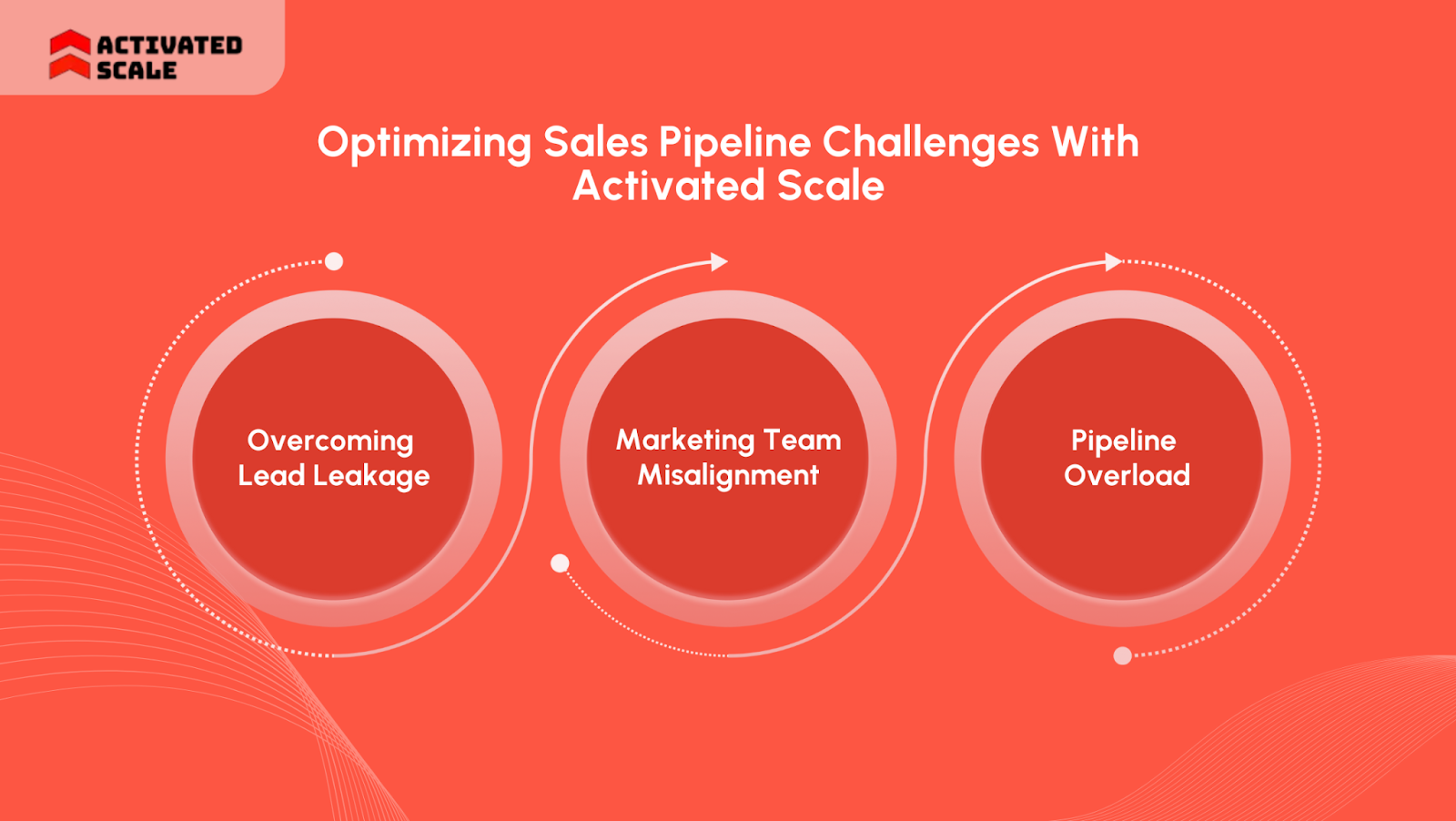
You’ve worked hard to build a scalable sales pipeline, but how do you keep it running at peak performance? An optimized pipeline converts more leads. Additionally, it also ensures consistent revenue generation.
Without constant refinement, even the best pipeline can suffer from lead leakage, misalignment between teams, and stalled deals.
Let’s explore common pipeline challenges and provide practical solutions:
1. Overcoming Lead Leakage
Lead leakage happens when leads drop out of the pipeline before converting into opportunities or deals. This can result from poor CRM integration or inefficient lead-handling processes. It’s important to catch lead leakage early to ensure no opportunity is lost.
Solution
To stop lead leakage, you need CRM tools that offer smooth integrations across teams and platforms. Experts from Activated Scale’s Fractional Sales Leadership service can guide you through setting up systems that prevent lead leakage.
2. Sales and Marketing Team Misalignment
Suppose sales and marketing teams aren’t working cooperatively for effective pipeline management. Misalignment between these teams leads to poor lead quality and inefficient sales efforts. This common challenge can hinder the performance of your entire pipeline.
Solution
Addressing this requires shared objectives, clear communication, and integrated tools. With Activated Scale’s Fractional Selling service expert, you can bring in seasoned sales leaders who understand the importance of cross-team alignment.
3. Pipeline Overload
Overloading your pipeline with too many low-value leads can stretch your resources thin, resulting in poor conversion rates. Prioritizing quality over quantity to maintain a healthy, scalable pipeline.
Solution
With SuperOffice CRM, you can automate lead scoring, track key metrics, and prioritize high-value prospects. Hire experts from Activated Scale’s Contract-to-hire Recruiting service to implement a data-driven approach.
Building a scalable sales pipeline is a continuous process. The more effectively you understand and optimize each stage, the faster your team can close deals.
Conclusion
A powerful sales pipeline should drive progress. Yet too many teams settle for a pipeline that tracks deals instead of one that actively accelerates them.
You must shift from reactive selling to scalable growth by implementing a stage-aware, data-driven approach. It’s about embedding intelligence, automation, and strategy into every touchpoint.
However, building and optimizing this kind of pipeline takes expertise, bandwidth, and the right technology. That’s where Activated Scale comes in.
Our services provide the specialized talent who can turn your pipeline into your company’s most valuable asset.
Schedule a demo call with Activated Scale today, and let us help you build a scalable, high-converting sales engine designed for long-term growth.
FAQs
1. What is the key to building a scalable sales pipeline?
A clear, structured sales process aligned with your customer journey is essential. This includes defining stages, using CRM tools for tracking, and prioritizing high-value leads based on data.
2. How do I prioritize leads in my pipeline?
Focus on high-intent leads by using predictive scoring models in tools like Salesforce or HubSpot. Prioritize leads based on their likelihood to convert and overall value to your business.
3. How can I fix bottlenecks in my sales pipeline?
Use pipeline analytics from tools like Tableau to identify friction points. From lead qualification, demo scheduling, to negotiations, addressing these issues ensures a smoother sales process.
4. How often should I review my sales pipeline performance?
Regularly auditing your pipeline, at least quarterly, allows you to track progress and adjust your sales strategy as necessary. Use CRM insights to monitor key performance metrics.
The Ultimate Guide to Hiring a Salesperson!
Get the step-by-step guide to hiring, onboarding, and ensuring success!
_edi.png)
